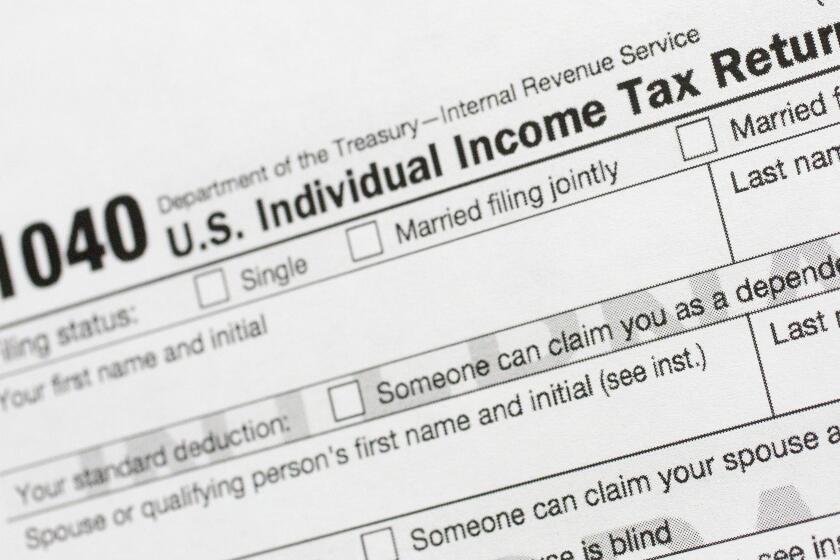Trump might be right that North Korea’s threat to Guam will boost tourism
When the North Korean regime of Kim Jong Un threatened to fire a nuclear weapon toward the U.S. territory of Guam, President Trump predicted that the added attention from the threat would increase tourism to the tiny island in the Pacific Ocean.
And some tourism officials agree. But they don’t think the increase will be substantial.
After the threat from North Korea, Trump spoke to Guam Gov. Eddie Calvo last week and not only assured him that the island would be protected by the U.S. military, but also encouraged him to consider the benefits of the showdown.
“I have to tell you, you have become extremely famous all over the world,” Trump told Calvo, according to a transcript released of the call.
“They are talking about Guam; and they’re talking about you.” And when it comes to tourism, the president added, “I can say this: You’re going to go up, like, tenfold with the expenditure of no money.”
Guam, an island known for its white-sand beaches and coral reef snorkeling, broke a 20-year record for visitation in July, with nearly 133,000 visitors. Guam is also home to two U.S. military bases, occupied by about 7,000 troops.
The new tourism record surpasses the previous high visitation mark set in 1997 and represents an 8.1% increase from the same month in 2016. Tourism represents about 50% of the island’s economy.
The two biggest sources of visitors to Guam in July were Japan and South Korea, according to the Guam Visitors Bureau. Japanese visitors made up 39% of all visitors while South Korean tourists made up 46% of visitors in July. U.S. visitors made up only 6% of all tourism to the island.
Guam is home to about 160,000 people and is about 2,000 miles from North Korea. Surveys find that visitors are drawn to the island by its beaches and tropical climate.
Travel and tourism experts say it is possible that the attention brought to Guam by North Korea’s threat could result in more visitors — assuming the harsh rhetoric between North Korea and the U.S. is resolved peacefully.
“All of this publicity is going to be good for Guam,” said Carl Winston, the director of the L. Robert Payne School of Hospitality and Tourism Management at San Diego State University.
In fact, the travel site Hipmunk.com reported a 438% increase in searches of flights from the U.S. to Guam from Aug. 8 to 13, compared with the week earlier.
Bjorn Hanson, a professor at New York University’s Tisch Center for Hospitality and Tourism, agreed, saying “Guam has gained substantial awareness and added curiosity and the attention could be very favorable.”
But experts say it is highly unlikely that the North Korean threat — even after it is resolved — will boost visitation tenfold, as predicted by Trump.
Winston dismissed the prediction as hyperbole, while Hanson added that Guam probably doesn’t even have the hotels, restaurants or airline capacity to handle a tenfold increase in tourism.
Henry H. Harteveldt, a travel industry analyst with Atmosphere Research Group, was even more skeptical. He noted that flights from the U.S. to Guam are 17 hours long and are typically more expensive than flying to Hawaii.
“I’m not sure there will be a rush of tourists from America or elsewhere,” he said.
To read more about the travel and tourism industries, follow @hugomartin on Twitter.
More to Read
Inside the business of entertainment
The Wide Shot brings you news, analysis and insights on everything from streaming wars to production — and what it all means for the future.
You may occasionally receive promotional content from the Los Angeles Times.









